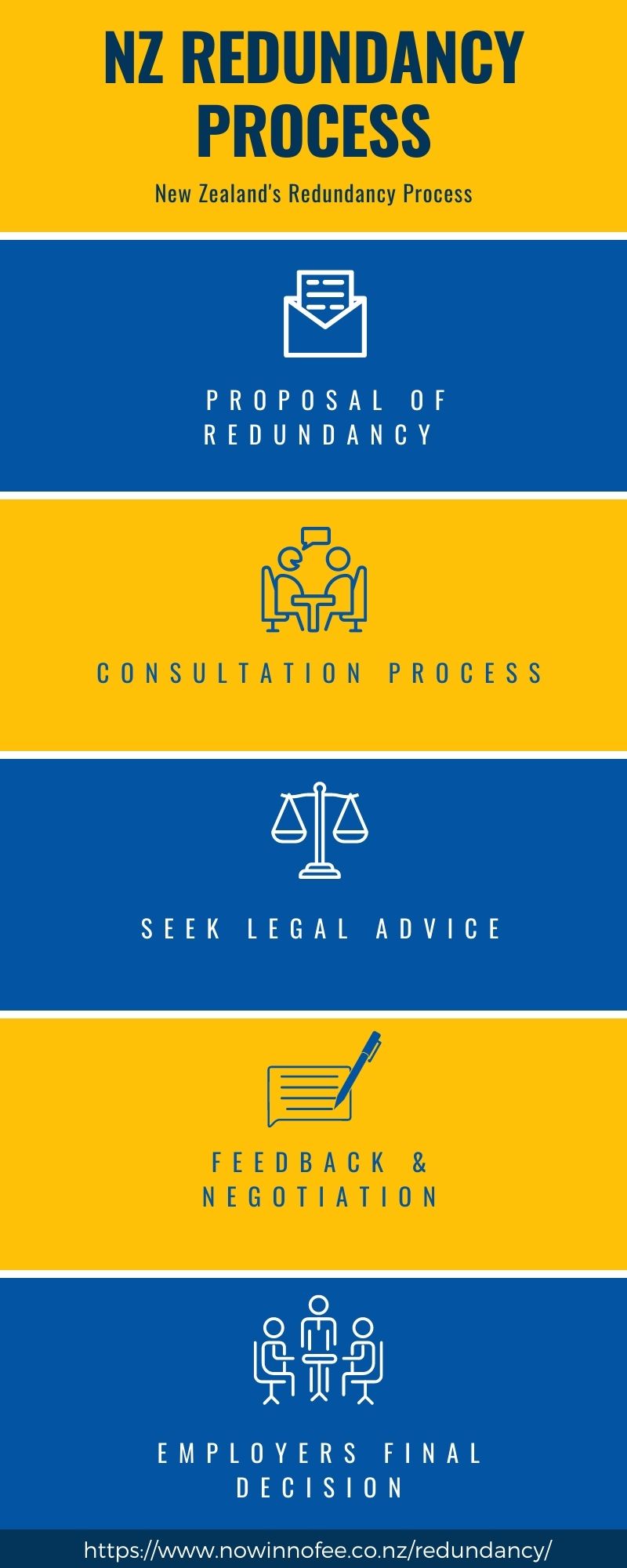What Happens to Redundancy If Company Goes Bust? A Guide to Your Rights
What Happens to Redundancy If Company Goes Bust? A Guide to Your Rights
Blog Article
Investigating the Interaction In Between Company Redundancy and Business Versatility for Future Growth
In the vibrant landscape of today's business globe, the intricate relationship in between firm redundancy and business adaptability becomes a crucial aspect for sustained growth and success. Firms typically deal with the challenge of striking a delicate equilibrium between maintaining a level of redundancy to minimize threats and promoting versatility to react swiftly to the ever-evolving market needs. This fragile interaction holds the essential to not just surviving in unstable times but additionally flourishing when faced with unpredictability. As we check out the complex dimensions of this interplay, fascinating insights into just how companies browse these complexities to lead the way for future growth await.
Relevance of Firm Redundancy
Firm redundancy is a critical element that enhances organizational resilience and mitigates operational risks. By incorporating redundancy steps within the organizational structure, business can much better stand up to unpredicted disturbances and variations in the organization setting. Redundancy functions as a calculated buffer, allowing firms to adjust and react properly to unanticipated difficulties without jeopardizing vital operations.
One secret element of the value of business redundancy is its role in ensuring continuity throughout times of situation. When faced with sudden changes or emergency situations, repetitive systems, resources, or employees can tip in to preserve vital functions and stop prevalent interruptions. This continuity not just safeguards the firm's reputation and consumer depend on however also lessens monetary losses and functional downtime.

Methods for Business Adaptability

An additional important method is purchasing innovation and framework that can sustain flexibility and scalability. Executing digital tools, automation, and data analytics can enhance procedures, boost performance, and provide valuable insights for informed decision-making. Furthermore, producing adaptable organizational structures that enable quick adjustments to market dynamics and customer needs is important for staying competitive in a rapidly evolving environment. By proactively recognizing possible disturbances and possibilities, companies can proactively adapt and flourish in an ever-changing business landscape.
Harmonizing Redundancy and Adaptability
Achieving an unified equilibrium between functional redundancy and organizational flexibility is critical in navigating the complexities of a vibrant service environment. Redundancy within a firm supplies a safety net, making certain connection and stability in operations. However, an unwanted of redundancy can cause inefficiencies and prevent versatility to changing market problems. On the other hand, business versatility permits firms to react quickly to exterior interruptions and confiscate new possibilities. Striking why not look here the best equilibrium between redundancy and flexibility is a delicate process that calls for a deep understanding of the organization's objectives, sector dynamics, and danger resistance.
To accomplish this balance, business require to carry out routine analyses of their procedures to recognize locations where redundancy is required for risk mitigation and where adaptability can drive development and growth. Executing flexible structures, fostering a society of continuous understanding and improvement, and motivating open interaction across all levels of the company are vital techniques to harmonize redundancy and flexibility successfully. By aligning these 2 critical aspects, companies can position themselves for lasting growth and success in an ever-changing company landscape.
Case Researches on Adjustment Success
In analyzing instances of effective business adjustment, it comes to be apparent Full Report that the interplay between functional redundancy and versatility is a specifying variable in forming resilient services. A DVD rental solution, Netflix showed exceptional flexibility by transitioning right into a streaming system when digitalization disrupted the industry. These case studies underscore the value of functional redundancy paired with business flexibility in cultivating lasting development and competitiveness.
Structure Strength for Future Development
Structure resilience for future development needs a strategic placement of operational procedures with market dynamics and arising patterns. Firms need to adjust to changing environments by cultivating a culture of flexibility, development, and continuous enhancement.
Moreover, promoting strong connections with stakeholders, such as clients, staff members, vendors, and the neighborhood, is necessary for weathering unpredictabilities and maintaining count on and assistance during turbulent times. Efficient communication and openness play an important function in building durability, as they aid align assumptions and promote cooperation in navigating uncertainties.
Moreover, companies need to prioritize discovering click to read more and growth initiatives to upskill workers and furnish them with the essential tools to adapt to altering conditions. By purchasing their workforce, companies can improve their versatility and dexterity, inevitably strengthening their resilience for sustainable future growth.
Final Thought

In the dynamic landscape of today's service globe, the elaborate partnership between firm redundancy and organizational versatility arises as an important variable for sustained growth and success. Firms frequently deal with the obstacle of striking a delicate balance in between keeping a level of redundancy to minimize dangers and fostering versatility to react swiftly to the ever-evolving market demands.To accomplish this equilibrium, firms need to conduct routine evaluations of their procedures to recognize areas where redundancy is essential for risk mitigation and where versatility can drive technology and development.In conclusion, the interplay between company redundancy and organizational versatility is vital for future development. Structure resilience through a combination of redundancy and adaptability will make sure that business are prepared for the difficulties of the future.
Report this page